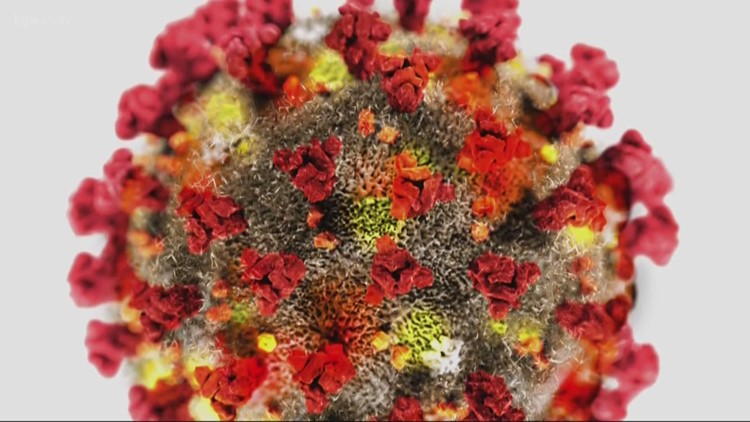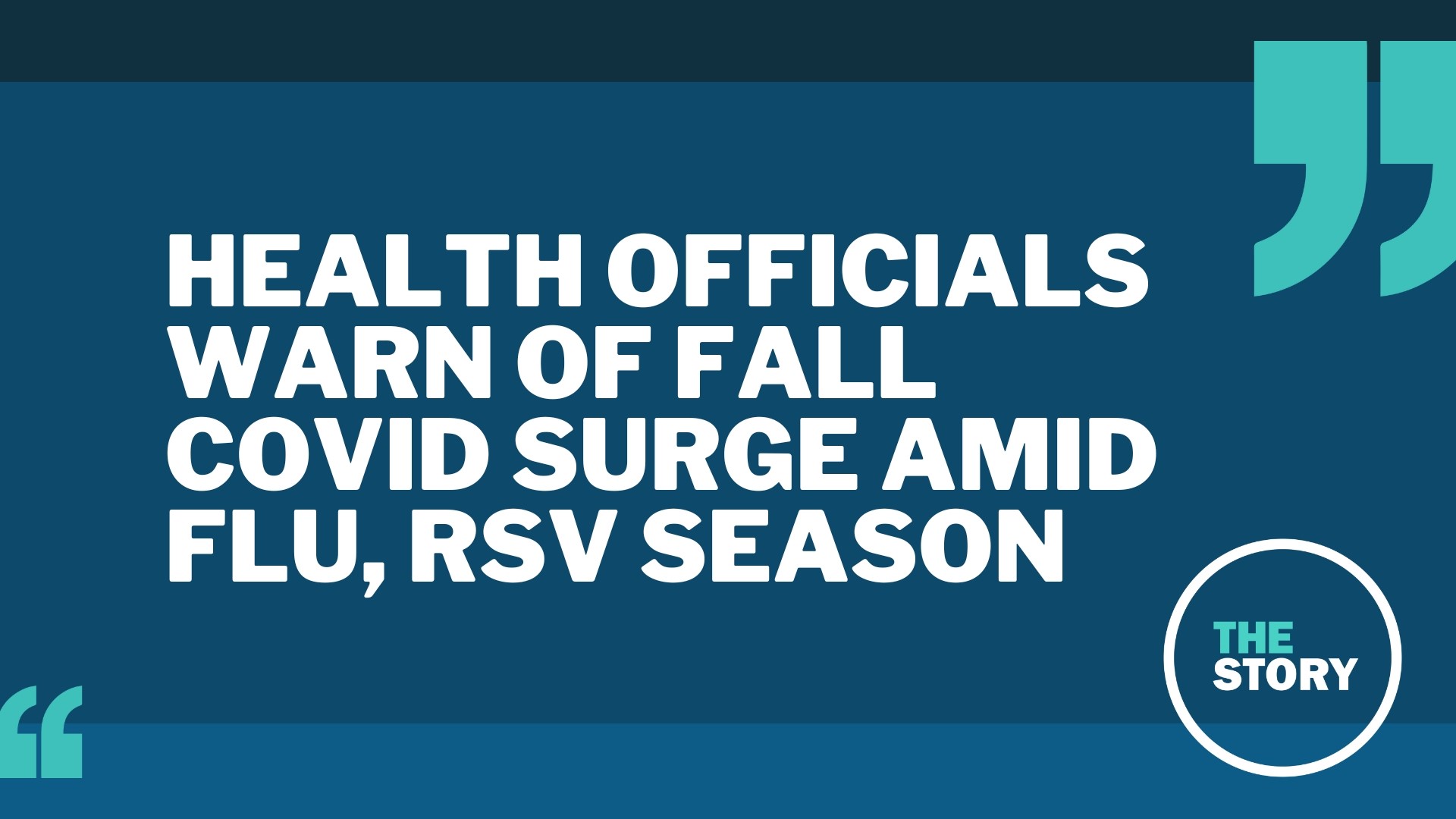PORTLAND, Ore. — The coronavirus appears to be hitting Oregon’s Latino population hard, a new state report shows, raising concerns among state officials about the disproportionate number who are testing positive.
Though Latinos make up 13% of the state’s population, they represent at least 18% of all positive cases -- and potentially far more.
Oregon doesn’t yet know the ethnicities of more than a third of the people who’ve tested positive. Among the 687 people for whom it is known, a whopping 29% are Latino.
Testing has been limited in Oregon to only the sickest people. And while the figures are incomplete, no other racial or ethnic population in Oregon is testing positive at a rate so out of step with its share of the population.
“We are certainly concerned about it and are certainly taking a lot of steps to prevent this and to continue to target and focus our efforts on this vulnerable population and others,” said Dr. Dawn Mautner, senior health advisor for the Oregon Health Authority. “I’m working fiercely to figure out what may be pushing the numbers in any of these vulnerable populations higher and get out in front of it.”
Whites, who make up 75% of Oregon’s population, represent 64% of the cases for which race is known. While the virus has disproportionately affected African-Americans nationally, that doesn’t appear to be the case in Oregon -- at least in what’s been reported initially. Blacks make up about 3% of positive cases compared with 2.2% of the state’s population. But that’s only based on 23 positive tests, making sharp changes possible as more demographic information is reported. Asians are slightly underrepresented -- 4% compared to 4.8% of the population.
Another blind spot in understanding the uneven impact of the coronavirus: Oregon health officials have not yet agreed to reveal the race and ethnicity of those who have died from COVID-19, although they said Tuesday they are considering doing so.
Two of Oregon’s biggest coronavirus hotspots are large counties that are major population centers for the state’s growing Latino population: Marion County, the state’s top ag producer, and Washington County, another leading agricultural center. Washington County, where Oregon’s first case was reported Feb. 28, has 282 cases, the most in the state. Marion County’s 215 cases rank third.
Dr. Laura Byerly, medical director at Virginia Garcia Memorial Health Center, which serves 52,000 people in Washington and Yamhill counties, including large Spanish-speaking communities, said 11% of the health center’s coronavirus tests have been positive -- 39 out of 349 total -- a rate that’s more than twice as high as Oregon’s statewide result.
Byerly said it isn’t clear exactly why Latinos are disproportionately being affected. But she said they’re more likely to have jobs with no sick time and to live in homes where isolating to prevent spread to family members is more difficult.
“If you’re on the edge, if your job is still going, you’re going to go,” Byerly said. “It’s a real bear of a problem. It’s really hard, if you have less wealth, to follow this stay-at-home thing. Farmworkers picking our food, people working in elderly care -- those aren’t stay-at-home jobs.”
About a month ago, as coronavirus worries began mounting, Byerly said her colleagues grew worried about how lightly the risk was being presented in Spanish-speaking media. She said that may have had origins in the response to the pandemic in Mexico, where President Andres Manuel López Obrador moved slowly to institute social distancing restrictions and has repeatedly urged people to go outside.
“That led us to say: ‘We need to do something,’” Byerly said. The health center created a series of public service announcements on Spanish-speaking radio and television to stress the importance of handwashing and staying home when sick. Another batch of PSAs launching soon will address the use of masks and social distancing.
State Rep. Teresa Alonso Leon, D-Woodburn, said the effect on Latinos is made worse by their historically lower rates of health insurance and lack of access to healthcare.
“I have heard from constituents in my community who simply cannot afford to lose a paycheck as they were already struggling to stay afloat financially,” Alonso Leon said in a statement. “Many mixed-status households do not want to visit a doctor due to the stories of colossal medical bills or fear that personal information will be given out to federal government agencies. The COVID-19 pandemic has elevated the inequities and holes that our state system has, including providing up-to-date information in multiple languages from our state agencies.”
Mautner, the state’s senior health adviser, said the health authority has held weekly calls in Spanish to respond to community concerns, translated its guidance into Spanish and translated Facebook posts and graphics into Spanish. The agency is developing a Spanish-language Facebook page and has hired two contractors to create videos and guidance in Spanish.
Betsy Hammond contributed reporting.
— Rob Davis
This article was originally published by The Oregonian/Oregonlive, one of more than a dozen news organizations throughout the state sharing their coverage of the novel coronavirus outbreak to help inform Oregonians about this evolving health issue.



